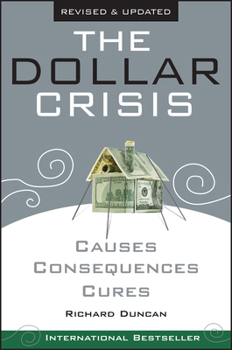The Dollar Crisis: Causes, Consequences, Cures , Revised and Updated
Select Format
Select Condition 
Book Overview
The Dollar Crisis is divided into five parts:
Part One describes how the US trade deficits, which now exceed US$1 million a minute, have destabilized the global economy by creating a worldwide credit bubble.
Part Two explains why these giant deficits cannot persist and why a US recession and a collapse in the value of the Dollar are unavoidable.
Part Three analyzes the extraordinarily harmful impact that the US recession and the collapse of the Dollar will have on the rest of the world.
Part Four offers original recommendations that, if implemented, would help mitigate the damage of the coming worldwide downturn and put in place the foundations for balanced and sustainable economic growth in the decades ahead.
Part Five, which has been newly added to the second edition, describes the extraordinary evolution of this crisis since the first edition was completed in September 2002. It also considers how the Dollar Crisis is likely to unfold over the years immediately ahead, the likely policy response to the crisis, and why that response cannot succeed.
The Dollar Standard is inherently flawed and increasingly unstable. Its collapse will be the most important economic event of the 21st Century.






